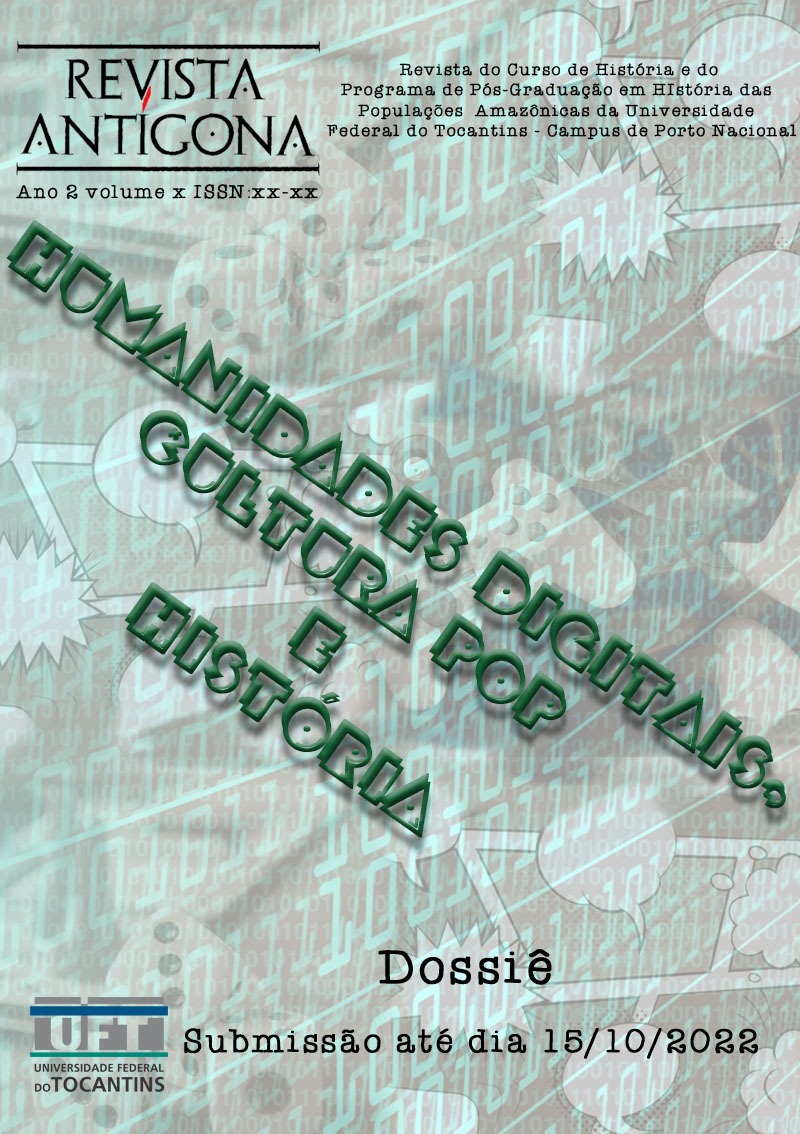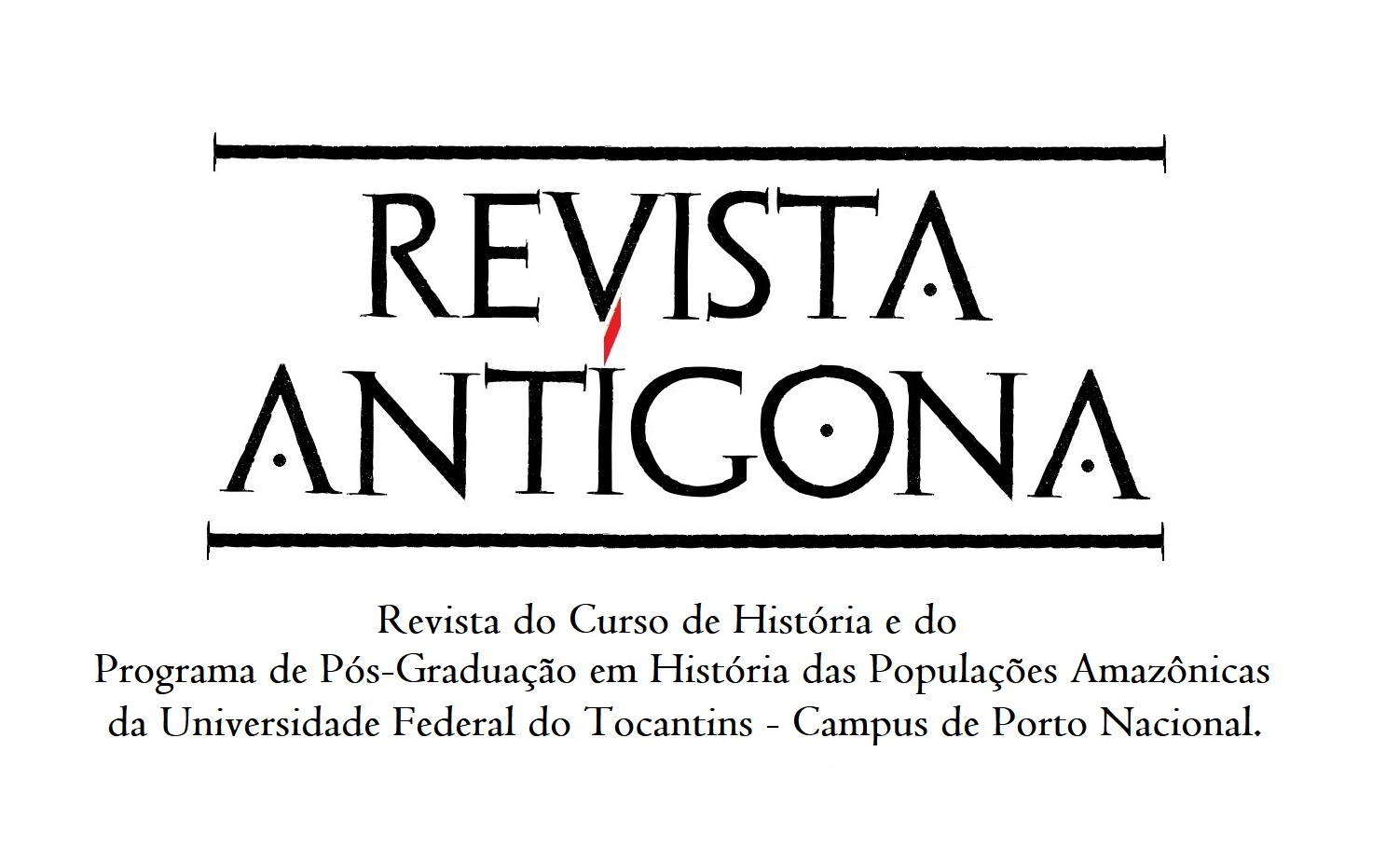LIVROS “ENCANTADORES” POSSUÍDOS PELOS ESPÍRITO DE SATÃ:
A BIBLIOTECA DE SJ LUÍS VIEIRA DA SILVA E OS AUTOS DE DEVASSA DA INCONFIDÊNCIA MINEIRA (1789)
DOI:
https://doi.org/10.20873/uft.2763-9533/2022.2.10Keywords:
Autos da Devassa; Inconfidência Mineira; Iluminismo; Jesuitismo; História PúblicaAbstract
In 1789, in the Captaincy of Minas Gerais, a group of enthusiasts from the Minas Gerais elite, some indebted people, the government secretary, the former magistrate of the region, members of the clergy and the one who would answer for the crime of lèse-majesté, Lieutenant Tiradentes, started a movement that became known as Inconfidência Mineira. In 1981, Eduardo Frieiro published an essay entitled “O Diabo na Livraria do Cônego” (The Devil in the Canon’s Library) in reference to the books in the library of Canon Luiz Vieira da Silva, which were reported in the Autos da Devassa da Inconfidência. The Seizure Records shows a numerous and diverse library for a poor canon who had 270 works, with around 800 volumes, many of them by French Enlightenment artists. The best fate that a book can have is to “enchant”, “disturb” and stimulate creativity. Thereby, this research goal is to carry out a partial analysis of the scrutiny of the canon's library and reflect on: what did the inconfidentes intellectuals, from Vila Rica-MG, know about the ideas proposed in the French Enlightenment Encyclopédie at the end of the 18th century? To understand the ways of reading and writing as social practices, Roger Chartier's concept of "circulation and appropriation of texts" was used as a theoretical/methodological reference. Considering the need to make society aware of elements and characters of its own History, the research and practice in History teaching seek to renew its meanings in a dialogue that can become Public History.



